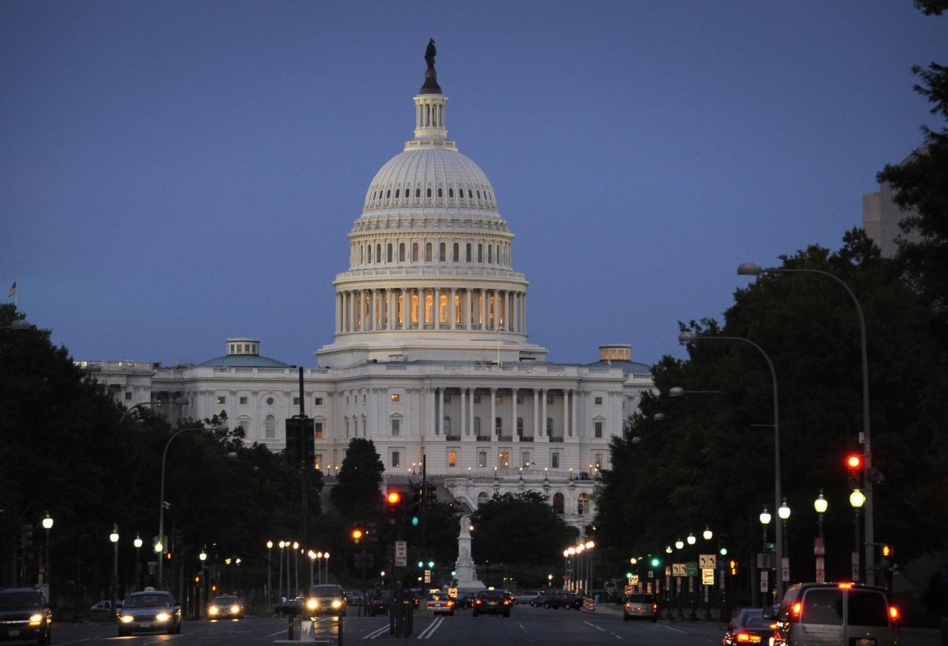A sustained US presence on the Moon and the ability to conduct offensive operations in orbit rank among the top space priorities for AIA this year, according to a report published Thursday by the trade association.
The list includes nearly three dozen to-dos for government agencies ranging from the DoD to the FAA to NASA. We’ve rounded up some of the top suggestions in each category, but you can read the full list here.
Commercial: Recommendations to better support the private space sector include:
- Increasing the budget of the FAA and the Office of Space Commerce
- Finalizing which government agency will give the go ahead for novel missions in orbit
- Simplifying the launch licensing process, including eliminating FAA approval to launch from military ranges where the Space Force has already given their okay
Civil: The report also makes several recommendations for NASA’s cooperation with commercial space companies, including:
- Clarifying who owns the tech and IP when companies work with the government
- Eliminating any gap between the ISS’ retirement and beginning of operations about CLDs to maintain a continuous US presence in LEO
- Maintaining a US presence on the Moon, even as NASA uses it as a stepping stone to Mars
Military: In addition to generally boosting the military’s use of commercial tech, the paper urged the military to:
- Build offensive space capabilities
- Write a National Security Space Strategy that clarifies what roles the DoD and intelligence space communities should fill
- Hold the Pentagon accountable to implement its policies to boost cooperation with the commercial sector
Government-wide: Because space is relevant to so many departments, the report also makes cross-government recommendations, including:
- Establishing something within the Executive Office of the President to coordinate space policy across different agencies (a role previously filled by the National Space Council)
- Boosting investments in space infrastructure, such as spaceports, to add resiliency
- Using space tech in agencies or missions that haven’t historically been dependent on space, including finance, agriculture, and emergency response




